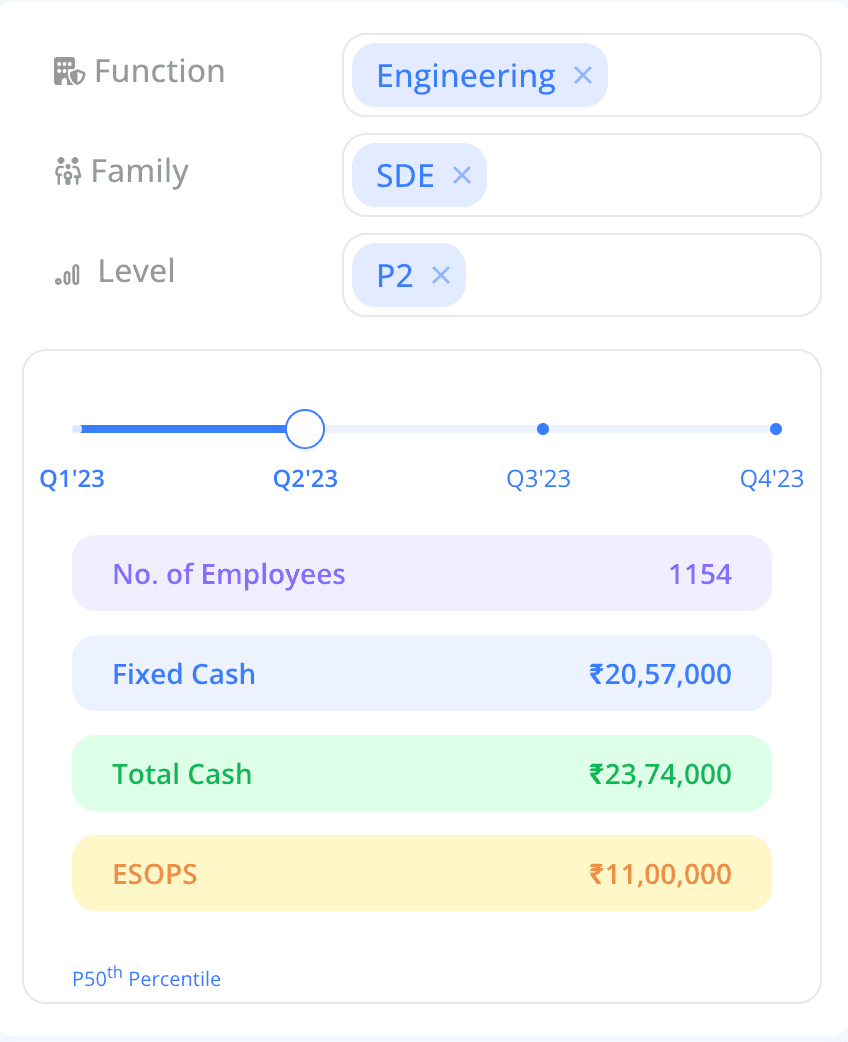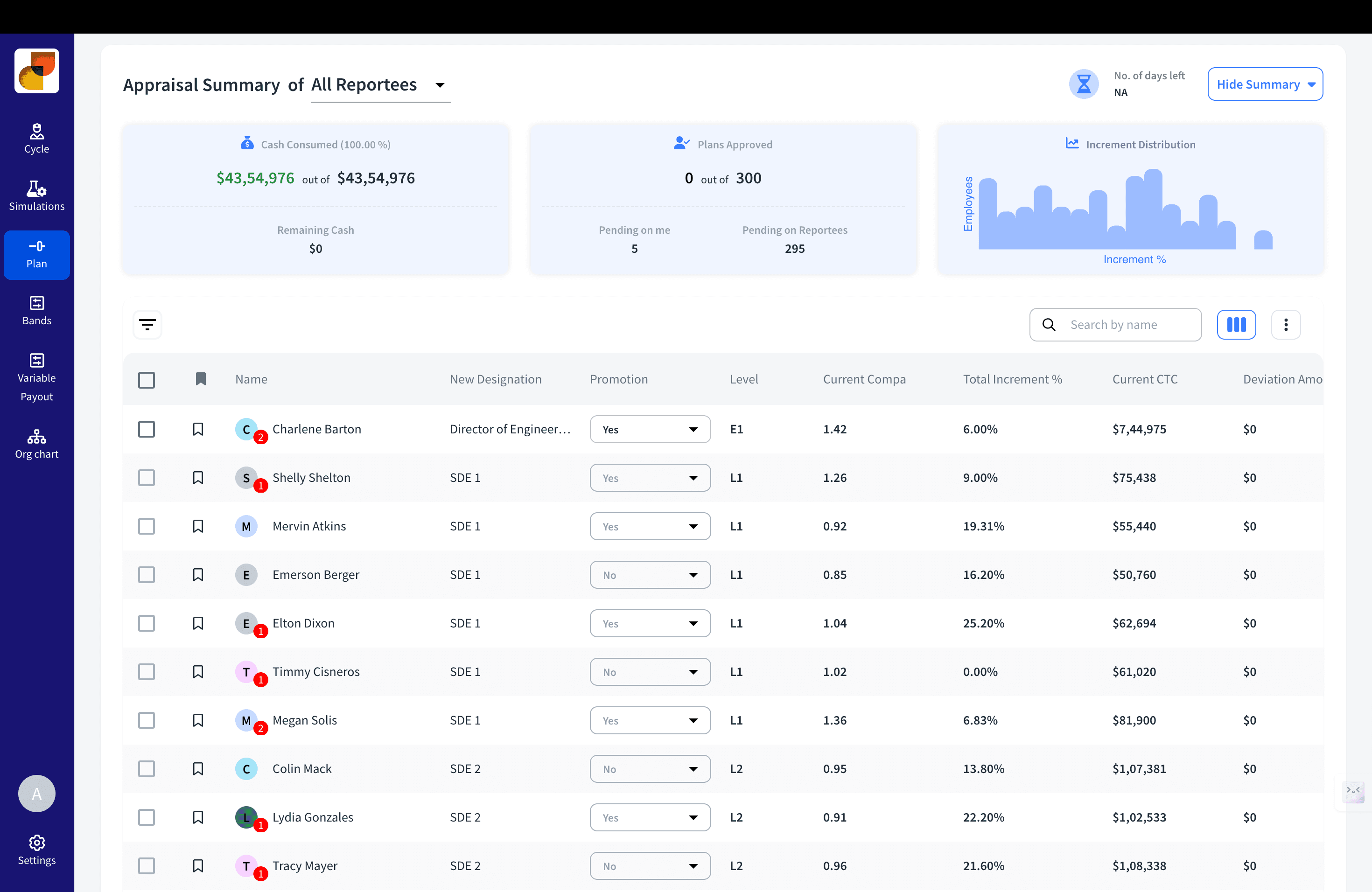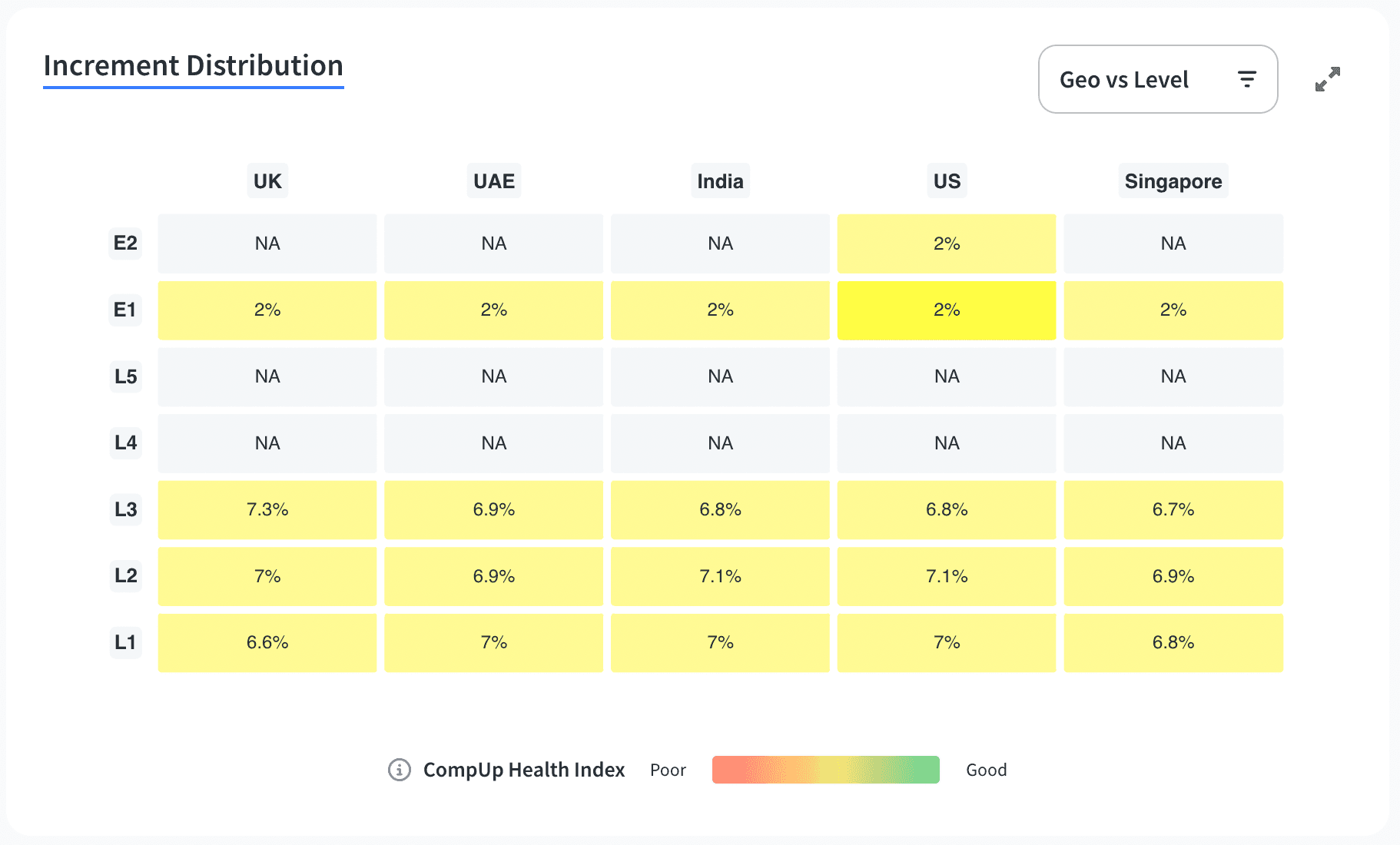
Employees are at the center of business growth, and businesses are making it a point to create a positive culture for happier employees.
To achieve that, comp and benefits folks are consistently working on improving compensation strategies and introducing employee engagement activities to achieve positive employee feedback.
These initiatives are also linked to the overall productivity of the organization. Market data from a Gallup survey shows that companies with an engaged workforce will be 21% more profitable than others.
Employee net promoter score (eNPS) helps you understand the impact of your employee engagement initiatives with valuable insights, allowing you to redirect your engagement efforts in the right direction with the right action plan.
Let’s start by understanding eNPS surveys in detail.
Employee net promoter score (eNPS) is a key metric used to determine the value of employee satisfaction in your organization. eNPS helps organizations understand if their employees are happy with the company culture.
This is similar to the net promoter score for customers that is used to understand and enhance customer loyalty.
Based on the eNPS, employees are segmented into 3 different categories:
1. Promoters (9-10) - These employee promoters have high employee satisfaction rates on the eNPS scale. They are the ones who would put their organization in a positive light both internally and externally and are valuable indicators of positive business outcomes.
2. Passives (7-8) - Passive employees have no complaints as such but have not been incentivized enough to promote their workplace in front of others. Their opinions are subject to change depending on your employee engagement efforts.
3. Detractors (0-6) - These are dissatisfied employees who can bring a negative impact to your company’s reputation. These employee responses can severely hamper your talent attraction and retention efforts if not taken into consideration in your employee engagement strategy. 
eNPS benchmarks provide HR folks with the necessary insights needed to deal with low employee engagement and retention rates. Let’s have a look at the benefits of measuring eNPS:
You can calculate your eNPS score using these steps:
The next step should be to calculate the percentage of employees belonging to each category. For example, if 60 employees are answering the survey questions with 30 as Promoters, 20 as Passives, and 10 as Detractors:
Percentage of Promoters = (30 ÷ 60) × 100 = 50%
Percentage of Passives = (20 ÷ 60) × 100 = 33.3%
Percentage of Detractors = (10 ÷ 60) × 100 = 16.7%
You can further do the eNPS calculation by using this formula to determine initial scores:
{eNPS} = {% Promoters} - {% Detractors}
According to the example given above, the eNPS for this organization would be: eNPS = 50%− 16.7% = 33.3
Several best practices can help improve your eNPS:
CompUp is an all-in-one compensation management solution that helps you create precise pay bands, manage appraisal cycles, and more. Let’s have a look at the prominent features of CompUp that help increase engagement levels for employees:




Click here to learn more about CompUp’s role in improving employee engagement. 
Revolutionizing Pay Strategies: Don't Miss Our Latest Blogs on Compensation Benchmarking